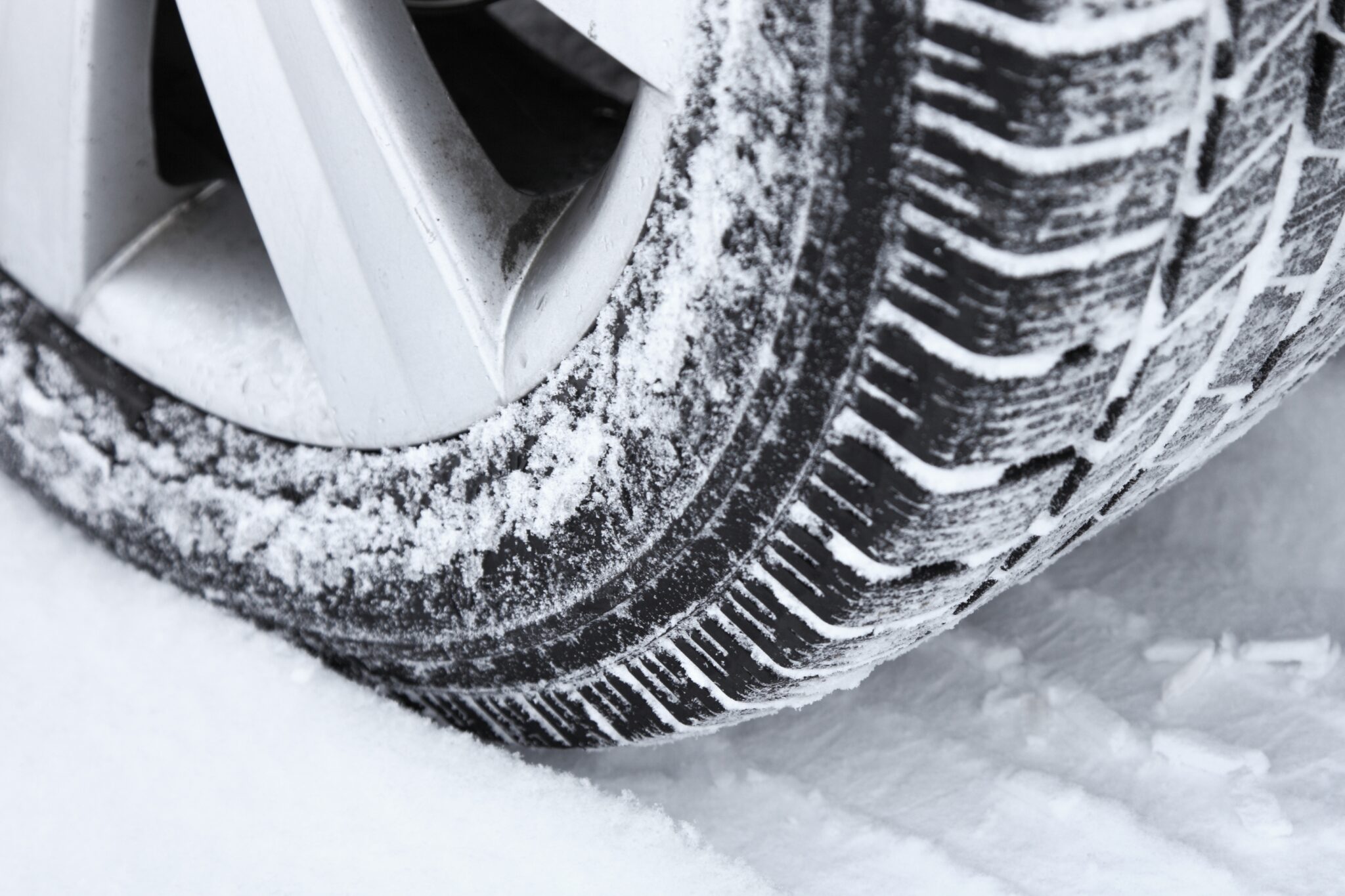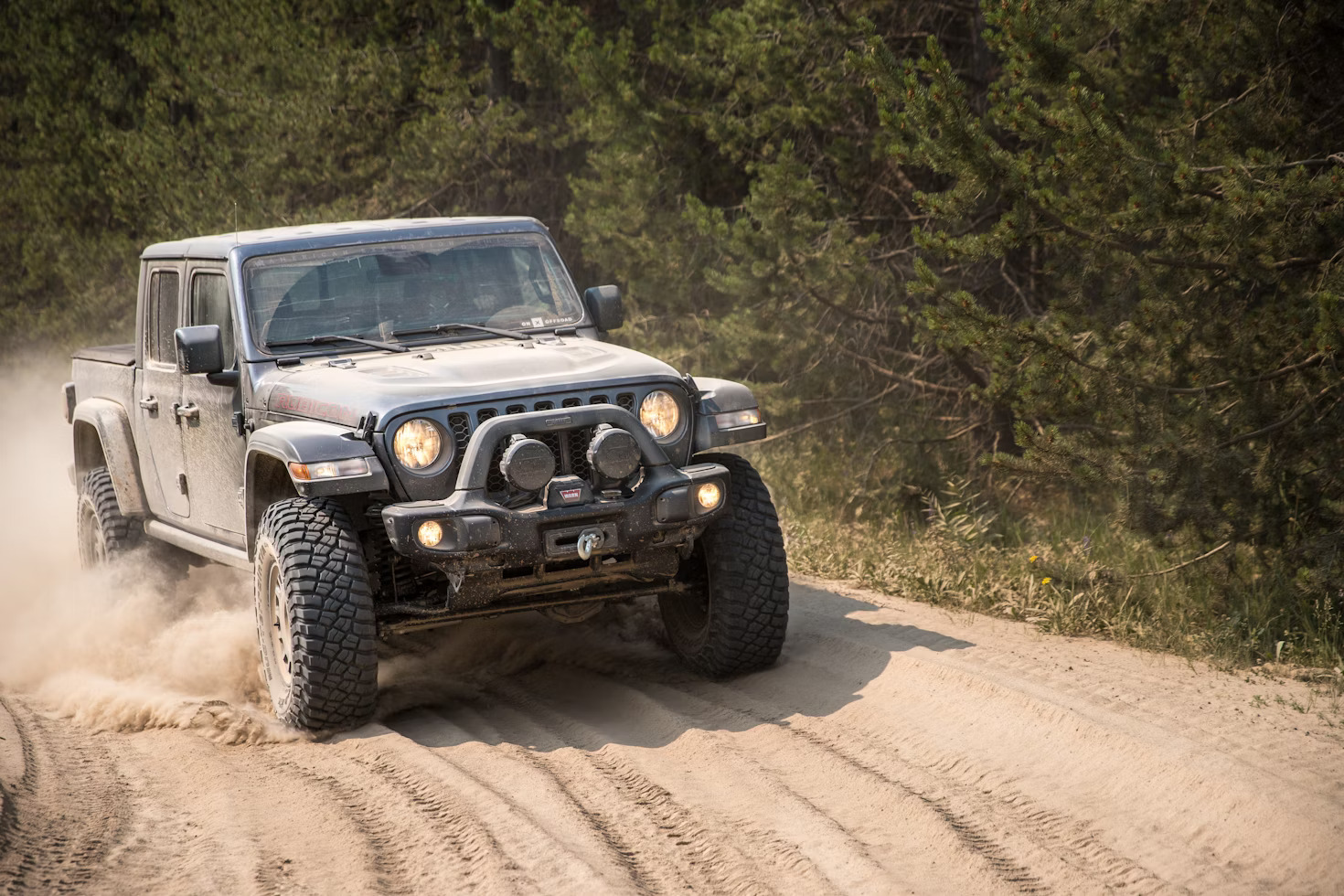Last Updated on August 3, 2024
Your Comprehensive Roadmap to Winter Tires
When winter’s icy grip tightens its hold on the roads, a crucial safety upgrade comes into play: winter tires. It’s not just about enduring the cold; it’s about conquering it. Prepare for an in-depth exploration into winter tires as we unveil a comprehensive guide that promises to surpass your expectations and equip you for a winter driving experience like no other.
The Winter Tire Advantage
Winter tires are not your run-of-the-mill rubber companions. They’re a specialized breed, meticulously crafted to deliver peak performance when temperatures plummet and the roads treacherous. Here’s what sets them apart:
1. Tread Design and Compound: Winter tires’ distinctive tread patterns and rubber compounds are tailor-made for cold conditions. These features provide exceptional grip on icy and snowy surfaces, ensuring your vehicle stays securely planted.
2. Enhanced Traction: Winter tires are all about traction. Their deep grooves and biting edges dig into the snow, offering you the grip to accelerate, turn, and, most importantly, stop safely.
3. Cold Weather Flexibility: Unlike all-season tires that stiffen in cold weather, winter tires remain supple, maintaining their grip and performance even in the harshest winter conditions.

Choosing the Right Tires for Winter Driving
Choosing the right winter tire begins with a fundamental consideration: size. It’s not just about what looks good but what fits perfectly. Here’s why tire size matters:
When selecting winter tires, it’s essential to adhere to the size specifications recommended by your vehicle’s manufacturer. The recommended tire size is not arbitrary; it’s a critical factor that directly impacts your Safety and the tire’s performance.
Why Size Matters
a. Handling and Control: Properly sized winter tires ensure that your vehicle maintains predictable handling and control, even in slippery winter conditions. When the tire size matches your vehicle’s specifications, it contributes to a stable and balanced driving experience.
b. Load-Bearing Capacity: Tire size also affects the tire’s load-bearing capacity. Choosing the wrong size can result in a tire that is not adequately equipped to handle the weight of your vehicle, potentially leading to premature wear and reduced Safety.
c. Speed Rating: The correct tire size aligns with the recommended speed rating for your vehicle. Installing tires with an incompatible size or speed rating can compromise Safety and performance, especially on icy or snowy roads.
Performance Categories: Tailoring Tires For Winter Driving
Winter tires are not one-size-fits-all. They come in various performance categories, each designed to excel in specific winter driving conditions. To make an informed choice, consider the following performance categories:
a. Studdable Tires: Studded winter tires have metal studs or pins that bite into icy surfaces, providing exceptional traction. These are ideal for regions with prolonged icy conditions but may be restricted or prohibited in some areas due to road damage concerns.
b. Studless Tires: Studless winter tires are designed with advanced rubber compounds and tread patterns that offer superb grip on snow and ice without metal studs. They are versatile and perform well in a wide range of winter conditions.
c. Ice-Focused Tires: Some winter tires are engineered explicitly for ice-dominant conditions. They feature unique tread designs and rubber formulations optimized for icy surfaces, making them an excellent choice if you often encounter ice-covered roads.
d. Snow-Dominant Tires: If you frequently drive in areas with heavy snowfall, snow-dominant winter tires are tailored to provide exceptional snow traction. They feature deep treads and aggressive patterns to plow through deep snow quickly.
Budget vs. Safety: The Investment in Your Safety
While budget considerations are understandable, it’s crucial to recognize that investing in quality winter tires is, in fact, an investment in your Safety. Here’s why:
a. Safety First: Your Safety and that of your passengers are paramount. Winter tires, especially those of high quality, are engineered to deliver the performance you need in challenging winter conditions. This includes shorter braking distances and better handling, reducing the risk of accidents.
b. Durability and Longevity: Quality winter tires are built to last. While they may require an initial investment, they often offer a longer lifespan and superior durability, ultimately saving you money.
c. Peace of Mind: Knowing you have the best possible winter tires on your vehicle provides peace of mind during the coldest and harshest months of the year. It’s a priceless feeling when you’re navigating icy roads with confidence.
In conclusion, when choosing the right winter tire, prioritize the correct tire size, align the tire’s performance category with your driving needs, and consider it an investment in your Safety. Winter tires are your key to conquering winter roads with confidence. The right choice can make all the difference in your winter driving experience.

Installation and Maintenance
Once you’ve chosen the ideal winter tires, it’s time to prepare your vehicle for winter driving. Here’s what you need to know:
1. Full Set for Balance: To ensure balanced and predictable handling, always install winter tires on all four wheels of your vehicle. Mixing winter tires with all-season or summer tires can lead to unpredictable and potentially dangerous handling.
2. Seasonal Swaps: Plan for seasonal tire swaps. When the snow starts falling and temperatures plummet, it’s time to switch to your winter tires. Similarly, replace them with your all-season or summer tires when spring arrives.
3. Regular Inspections: Regularly inspect your winter tires throughout the winter season. Look for signs of wear and damage. Maintaining proper tire pressure is crucial for optimal performance.
4. Tread Depth: Check the tread depth regularly. Winter tires should have a minimum tread depth of 6/32 inches for effective performance in snowy and icy conditions.
5. Alignment and Balancing: Proper alignment and balancing of your tires are essential for even wear and optimal performance. Visit a trusted mechanic to ensure your tires are aligned correctly.
6. Rotations: Regularly rotate your tires to promote even wear and extend lifespan. This practice helps maintain consistent traction.
Conclusion: Winter Tire Wisdom
Winter tires are the key to safe and confident winter driving. Their specialized design and features provide the traction and control you need to navigate treacherous winter roads easily. When the snow blankets the ground and the cold sets in, ensure your vehicle is equipped with winter tires. It’s not just a smart choice; it’s the ultimate winter driving necessity.
Let’s Navigate the Winter Tire Market
FAQs
What is the best pattern for winter tires?
How do I find winter tires?
How do you use winter tires?
How do I get more grip in the snow?
To boost grip in snow, invest in winter tires, drive at reduced speeds, practice smooth acceleration and braking, maintain a safe following distance, and consider tire chains or studs for extreme conditions.
-
Writer










